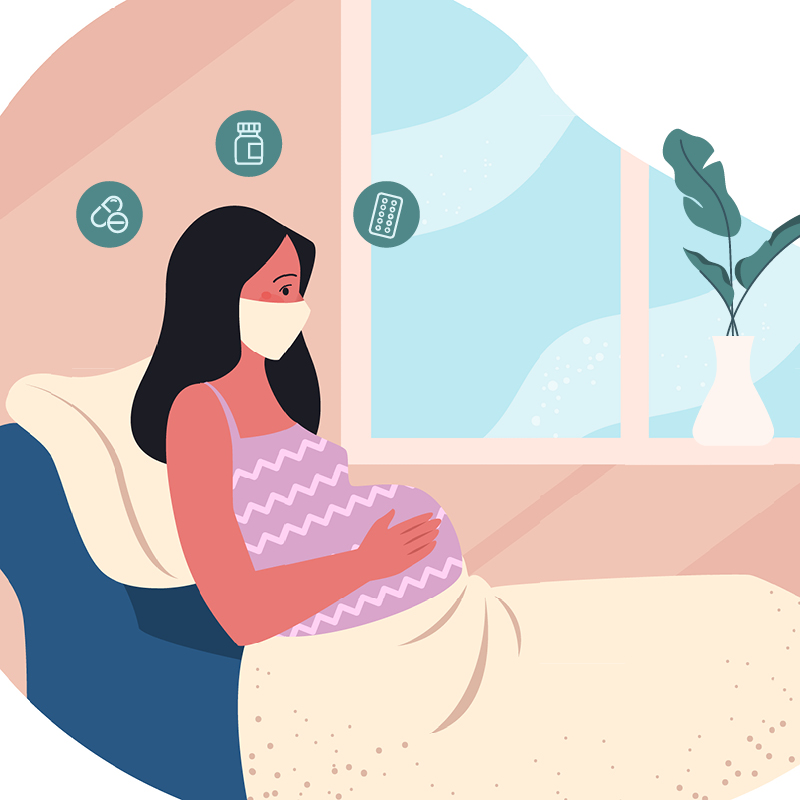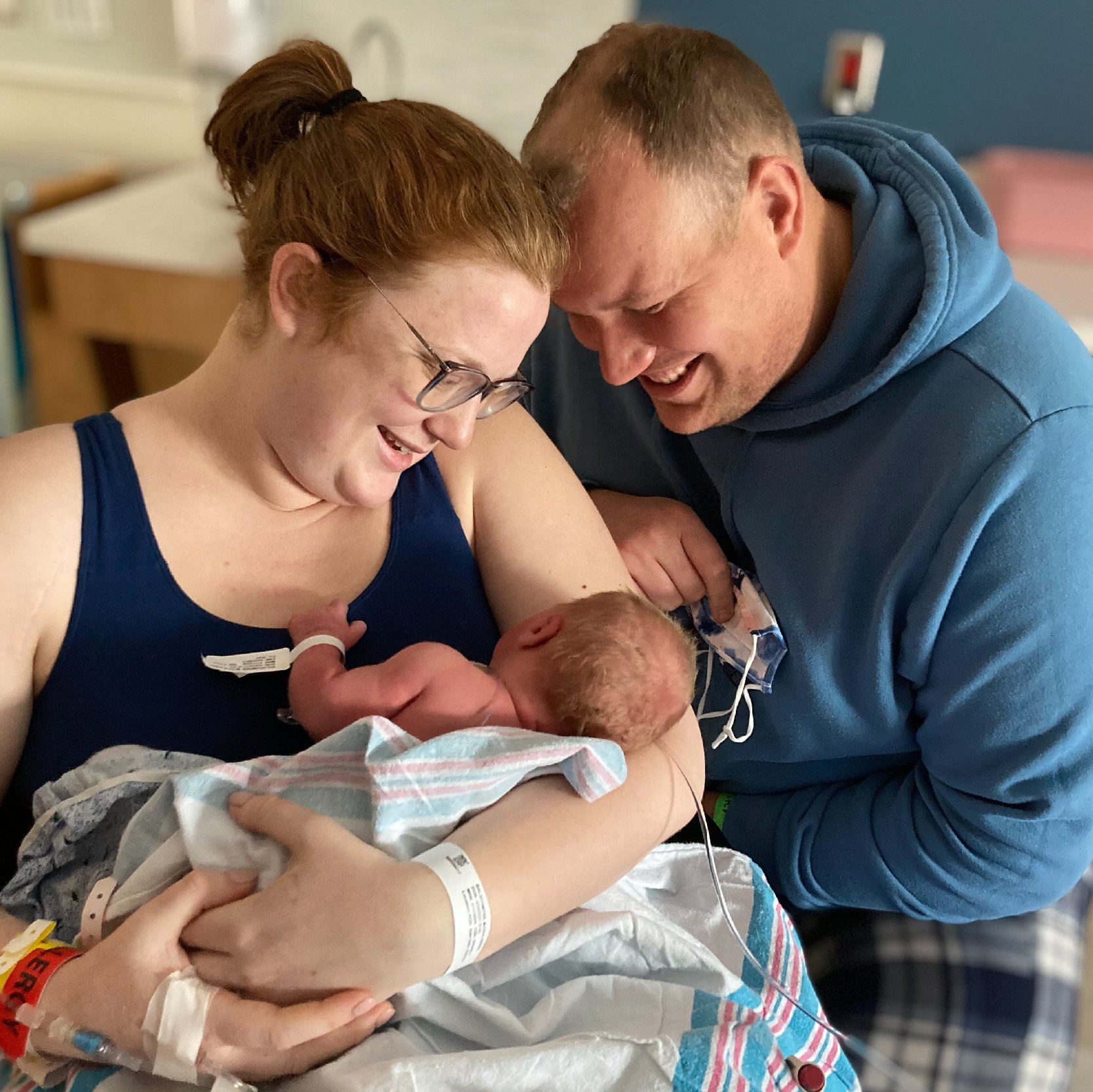So, you are expecting a baby. Congratulations!
There is a lot to prepare for – and that includes the time leading up to your labor and delivery. Classes run by Rochester Regional Health help to educate soon-to-be parents on what to expect before labor begins, developing a plan for labor and delivery, and the first hours and days spent with your newborn.
Nancy Miltsch, RN, is a Certified Childbirth Educator with Rochester Regional Health who has been teaching courses for years. She continues to educate expecting parents and provides insight into what to look forward to in these classes.
Changes to classes
There are several classes offered through Rochester Regional Health. The two most popular classes are Preparing for Birth and Breastfeeding. The Preparing for Birth series is comprised of five 2-hour sessions that are held on different days of the week.
The Breastfeeding class is held separately as a 2-hour session.
A Primary Caesarean Section class or Multiples class can be scheduled as needed. Grandparent classes are offered every other month.
Two classes are not currently being offered due to the pandemic: Siblings and Infant CPR.
Before the COVID-19 pandemic led healthcare institutions to implement more strict health and safety rules, an educator such as Miltsch would lead a session in person for two hours in a large room. There would be about 20-30 people in the room, seated in chairs in a circle.
Now the classes are held virtually. There are still the same number of classes for the same length of time, but the instruction is done over a Zoom video call. Miltsch said some of the attendees do find the virtual calls to be more convenient because they don’t have to leave their house to take the class.
“I was really hesitant because I was unsure that I would have that connection that I had face to face with people, but I definitely do,” Miltsch said.
Miltsch gets on the call early and stays late – which is the same practice she had while holding the classes in person. People will get on the video call early or stay afterward to ask her more specific and personal questions they may not want to address to the group.
In addition, because COVID policy changes are happening more rapidly at all healthcare facilities, she is able to communicate those changes more directly.
Another benefit of the in-person to virtual switch in the age of COVID precautions means no one has to wear a mask – educators or parents.
What to know before coming in
Parents should be prepared to know where to go and when to come to the hospital to welcome their baby into the world. Prenatal education gives families the opportunity to learn all of their options, then use their education to make informed choices about their individual birth experience.
Before coming in, prenatal classes will help you to:
- Take an interactive virtual or in-person tour of the birthing center
- Determine when to labor at home and when to come in
- Learn about the most recent COVID-19 precautions
- Know what to bring with you to the hospital
- Become knowledgeable of non-medicated comfort measures and pain management techniques, along with medications
- Recognize the basics of how breastfeeding works
- Create a labor and delivery plan for you and your support person
Other questions about whether your support person can stay with you, any higher risks you may have as a pregnant person, and other topics are addressed in a Q&A with members of our labor and delivery team.
How to find a good course
Most hospitals and birthing centers offer some form of a birthing or labor & delivery class ahead of time to prepare mothers, along with their partners and families.
There are several features to consider, especially in the age of COVID-19.
Interactive: Having a course that allows individuals to have a dialogue with their nurse educator are beneficial for both those taking the course and those teaching it.
Miltsch said one couple from Michigan joined the Rochester Regional Health birthing course after searching online for programs that featured interactive education.
Live educator: Some hospital systems currently base their classes on watching tutorial videos without an instructor present to answer questions.
Having the option to have your questions answered in real time is a benefit of the Rochester Regional Health program.
Closing the distance: Families who may not be physically in the same place for various reasons can log into a virtual session and participate from different locations
Follow up with educators: The people who run the program should be invested in the families who take part in the classes. Being available for follow-up questions after a session or even after the classes are finished builds trust both with the instructor and the healthcare system.
Financial arrangements
For birthing classes, each two-hour session is held once a week over the course of four weeks. Those classes are held on Wednesday evenings from 7-9 p.m. and Saturday mornings from 10 a.m.- 12 p.m.
Each class allows a maximum of two people per registration. There are three levels of cost:
- Full price: $85
- Employee price: $63.75
- Rochester Regional Women’s Center Patients & midwifery patients: FREE
For some families, paying the full price of the series of classes can be a barrier to getting that education.
Under extenuating circumstances, families with financial concerns can contact Miltsch and she will collaborate with them to find a way to get them enrolled.
“When I have a family who says to their doctors ‘I am really interested in classes but I can’t afford them,’ they always get in touch with me and we work it out,” Miltsch said.








